Understanding the Impact of Climate Change on Arctic Coasts
Written on
Chapter 1: The Vulnerability of Arctic Coasts
Arctic coastlines take on various forms and structures, each uniquely susceptible to the effects of climate change. The classic imagery of melting icebergs is a poignant representation of the broader environmental challenges faced in this region. Both land-based and marine ice play critical roles in the health of Arctic coasts, making them highly sensitive to climate shifts.
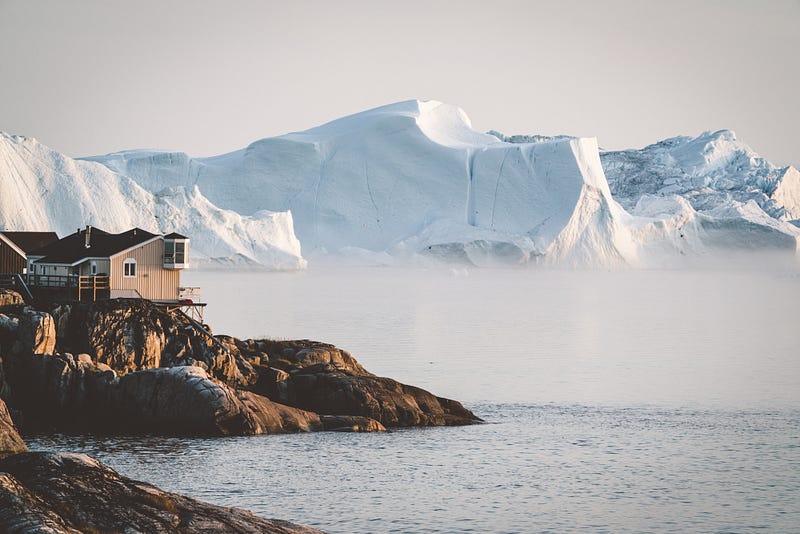
Research indicates that from 1971 to 2017, the average air temperature in the Arctic rose by 2.7 °C (4.9 °F), a staggering rate—2.4 times faster than that of other northern hemisphere regions. Notably, between 2010 and 2020, exceptional temperature spikes exceeding 1 °C (1.8 °F) were recorded in nine years.
The interplay of environmental factors—including air and sea temperatures, storm intensity, and sea level changes—results in a complex dynamic that drives coastal transformations. As climate change progresses, the implications for Arctic coastlines become increasingly profound.
Section 1.1: Permafrost Degradation
One significant impact of climate change on Arctic coasts is permafrost degradation. This process involves the thawing of ground that has remained frozen for over two consecutive years, primarily due to rising air temperatures. The resultant melting of ground ice can lead to the formation of thermokarsts—depressions created by uneven melting.
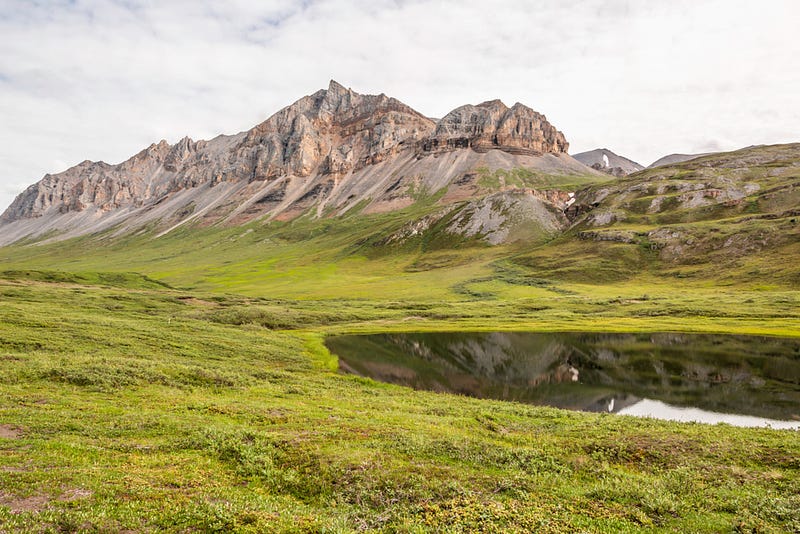
Permafrost degradation facilitates the intrusion of saltwater, which accelerates coastal erosion. Consequently, land loss occurs at rates threefold higher than traditional coastal erosion. Additionally, the thawing permafrost disrupts water flow, vegetation, and can even release methane, a potent greenhouse gas that exacerbates global warming.
Section 1.2: Thermal Denudation
The second way climate change impacts Arctic coasts is through thermal denudation. This phenomenon occurs when warm air and solar radiation cause the upper sections of steep coastal bluffs to thaw. As the ground ice melts, sediments previously secured by the ice become loose, leading to their movement down the slope.
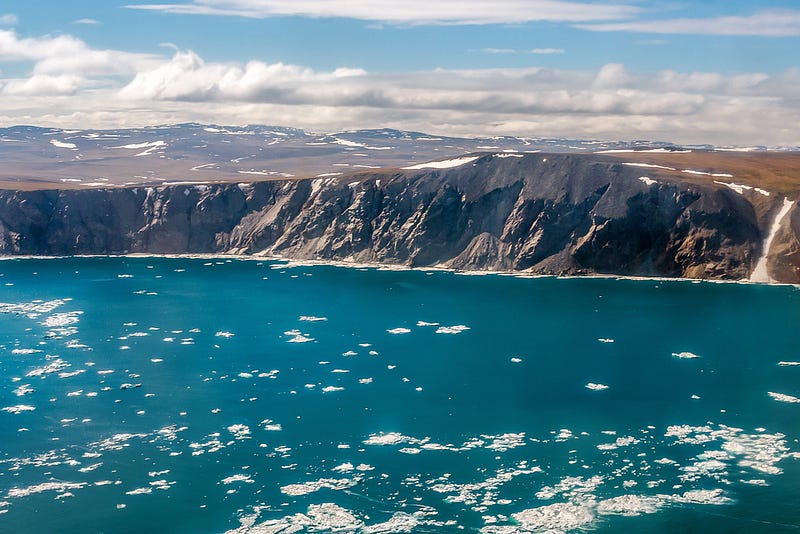
The melting of ice at the bluff's summit can result in the formation of mud terraces that gradually shift towards the ocean, contributing to land loss and threatening infrastructure such as buildings and roads.
Chapter 2: The Process of Coastal Erosion
Climate change also leads to thermal abrasion, whereby warmer seawater erodes the base of coastal bluffs. As sea levels rise, the impact of waves reaches higher elevations on the bluff, intensifying erosion.
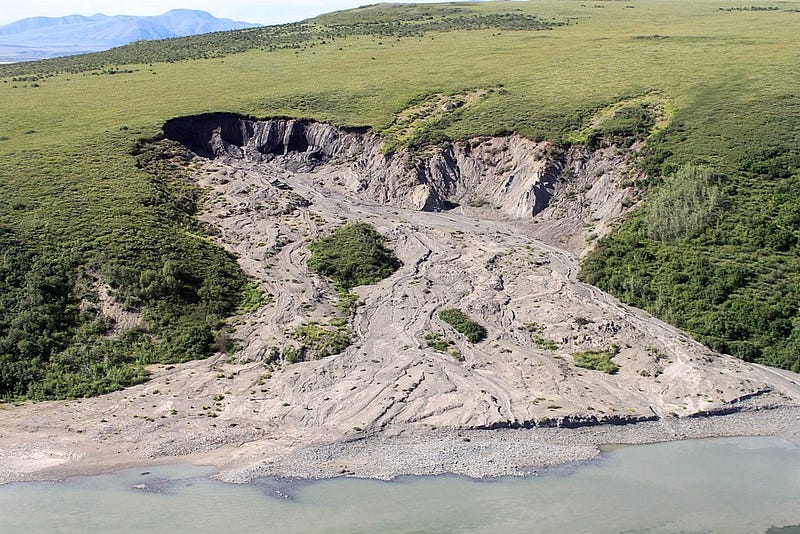
This erosion can create thermo-erosial niches, where chunks of the bluff break away and fall into the sea, accelerating land loss. The nutrients and contaminants released into the surrounding waters can disrupt local ecosystems, affecting communities reliant on marine resources.
Looking North: How Climate Change Impacts Coast Guard Operations in the Arctic
This video explores the challenges faced by the Coast Guard in the Arctic due to climate change. It highlights operational adjustments made in response to the changing environment.
Section 2.1: Sea-Ice Free Periods
Extended periods without sea ice are another consequence of climate change. Since 1979, Arctic sea ice has shrunk by 75%, particularly evident during the annual September minimum. The absence of ice allows winds to gain strength, leading to more severe wave activity that further threatens coastal stability.
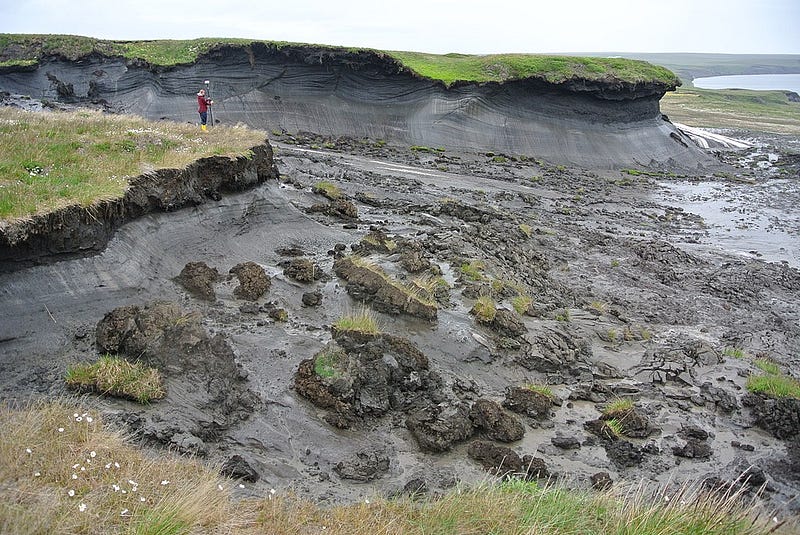
Without the protective barrier of ice, coastlines face increased risk of erosion and flooding, reshaping the beach and nearshore profiles.
The Global Implications of Arctic Climate Change
This video provides insights into how changes in the Arctic impact global climate patterns, emphasizing the interconnectedness of our planet's ecosystems.
Section 2.2: Glacier Melting
Lastly, the melting of glaciers due to rising temperatures adds another layer of complexity. As glaciers disintegrate, they transport sediment to their terminus, contributing to delta formation.
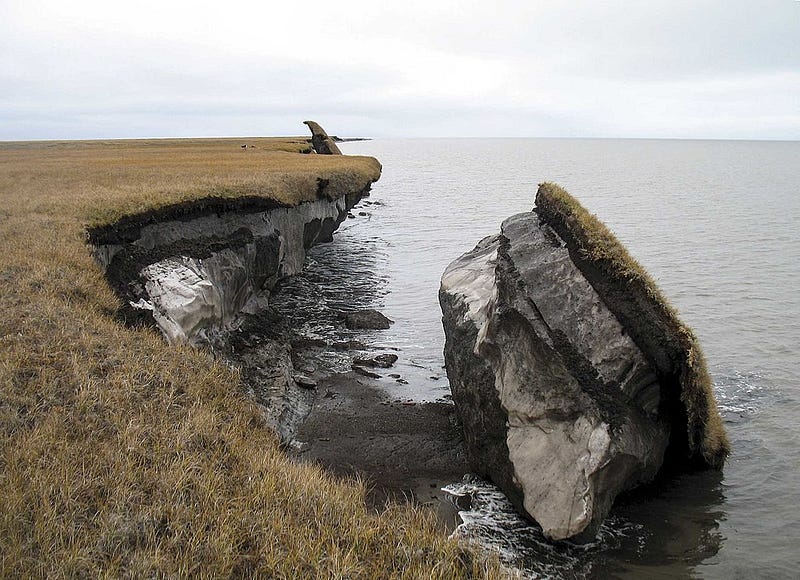
Conclusion
In summary, climate change significantly alters Arctic coasts through processes such as thermal denudation, thermal abrasion, extended sea-ice-free periods, and glacier melting, leading to critical environmental and societal consequences.
How We Can Take Action
To combat global warming, consider these practical steps:
- Minimize heating usage by dressing warmly
- Choose local holiday destinations
- Carpool to reduce emissions
- Purchase renewable energy from suppliers
- Buy only what you truly need
- Replace portions of lawns with native plants
- Avoid products with excessive packaging
- Utilize energy-efficient appliances and vehicles
Do you have additional suggestions on how to combat climate change? Please share your thoughts in the comments to inspire collective action.